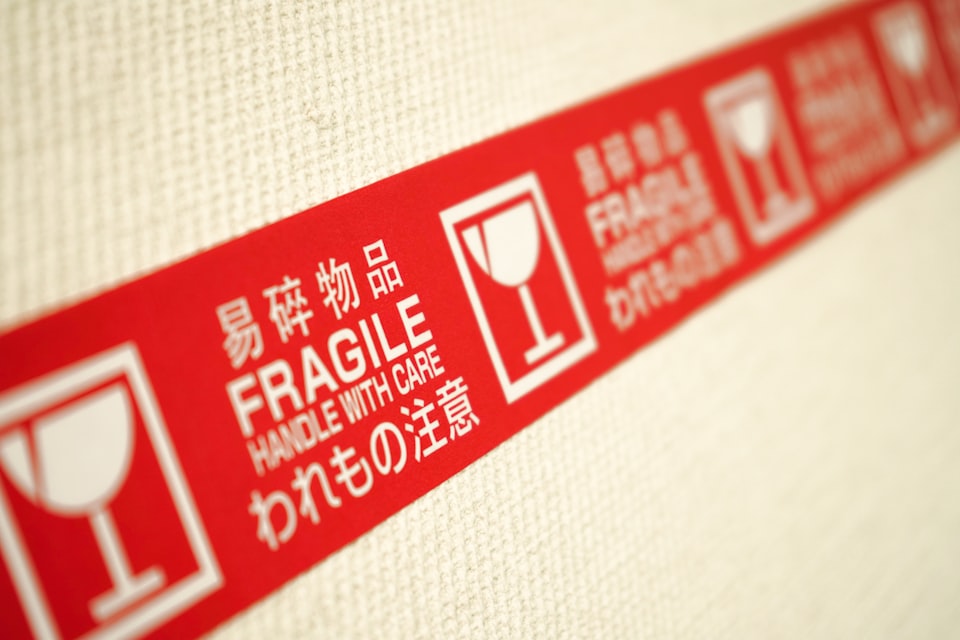A little tip I shared with engineering managers a few times is how to look at the team's work.
Let's take stand-up meetings as an example. For many teams, the meeting agenda goes around every member who will explain what they did since their last meeting, share if they need anything from the team, and let them know what they'll be working on.
What's wrong with this approach? In my experience, I found that this way of looking at the team's work tends to foster individualism rather than collaboration. Especially now, with remote work, people will often keep doing their work, wait for their turn to dump the info, and continue working on "their task list."
A (relatively slight) improvement that can foster collaboration? Discuss work items from what's closest to what's farther from being finished.

For instance, Instead of having Paul (Quality Engineer), Mary (Software Engineer), and Jess (Software Engineer) go one by one, go from right to left by asking the team what we need to do to complete this item and how we can all help to have it completed as soon as possible?
- Start with the cases in the testing phase: What does Paul need to have them both finished by today? Maybe he needs help from the Software Engineer who developed the feature, and they can get an hour or two together to complete the Testing. Maybe Jess or Mary can jump in and have them tackle the validation of Bug #1 since it is a simple case, and they can have them covered with unit tests.
- Next, let's look at what's in Code Review. Is Mary prioritizing the code review before she finishes Feature #3? Maybe she already identified some changes. Would it make sense for them to get together with Jess and do some pairing before resuming their work in Features #3 and #4?
And so on.
I hope this gives a sense of how you can foster better team collaboration by changing how you look at the team's work.
Follow me on Twitter or subscribe to the newsletter for more articles on software engineering leadership and troubleshooting software engineering teams' problems.



